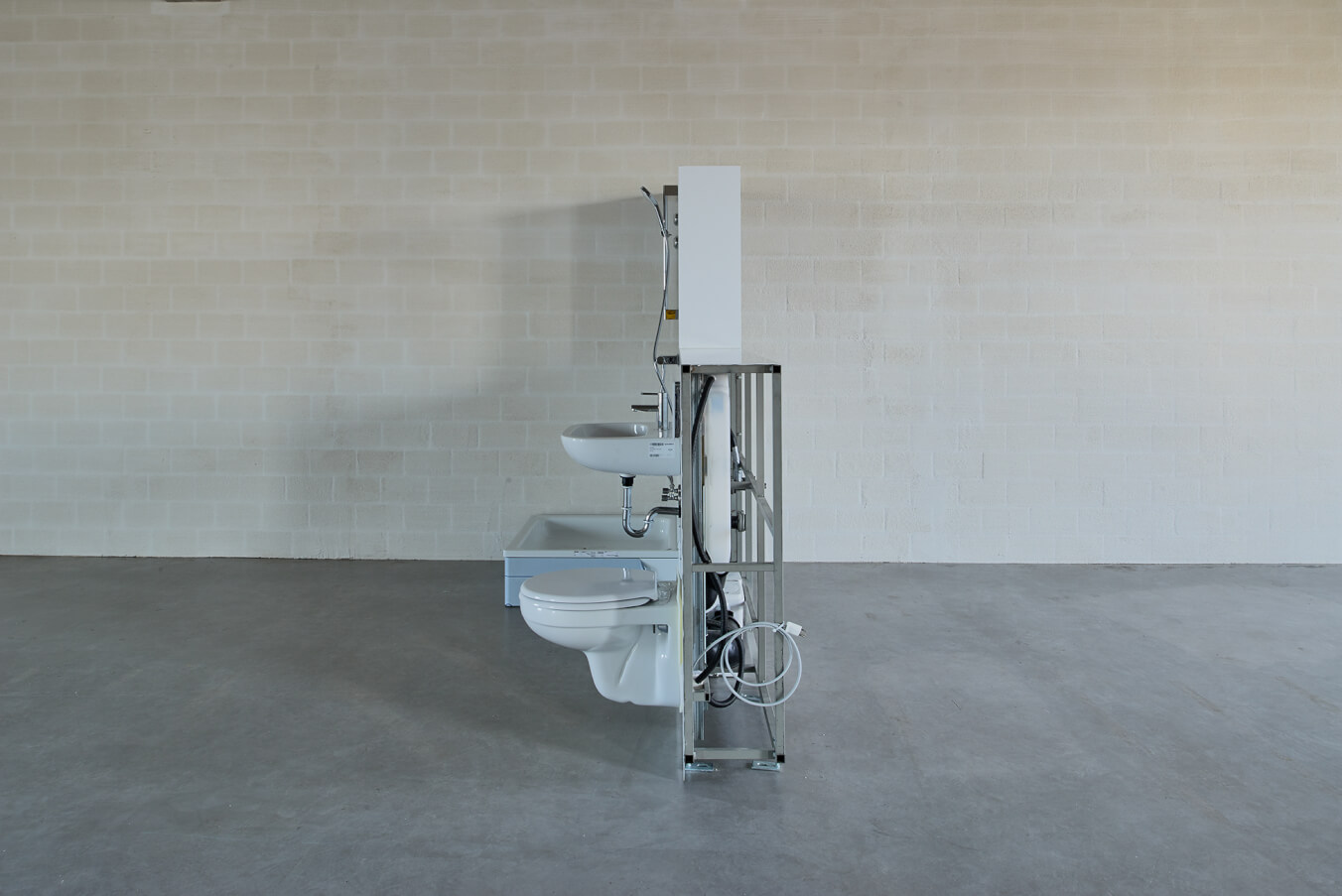Problem
In most cases, components such as wiring are installed in such a way that they are difficult to maintain or disconnect. To achieve resource savings through the reuse of building components or technologies, all installations must be easily accessible and buildings designed for disassembly at the planning stage. How to enable easy, fast and cost-effective maintenance to reduce the amount of materials used?
Generic description
Accessibility to installed technology can be realized as a spatial solution, in the form of inspection flaps or surface-mounted variants of electrical lines or pipes. In the case of surface-mounting, lines, cables and pipes are laid directly on the plaster or with spacer clamps above the plaster. This allows easy accessibility, interchangeability and thus separability of components for their reuse. It also gives users greater self-determination, as they can intervene in the event of technical problems or rectify them quickly themselves.
Example
In the project CRCLR House in Berlin, the planning of the entire building and building services concept is based on a circular approach (eZeit Ingenieure GmbH n.y.).
The Künstlerateliers Erlenmatt-Ost in Basel are characterized by a resource-saving and cost-effective construction method. They were left raw and simple, without room-dividing walls, and each has a sanitary block composed of kitchen and bathroom elements and a central electrical and water connection. The sanitary block can be freely arranged by the residents themselves and thus they can decide on the use of the space (Detterer 2019, p. 86).
In the La Borda project in Barcelona, all electrical lines are also surface-mounted or run under the ceiling.
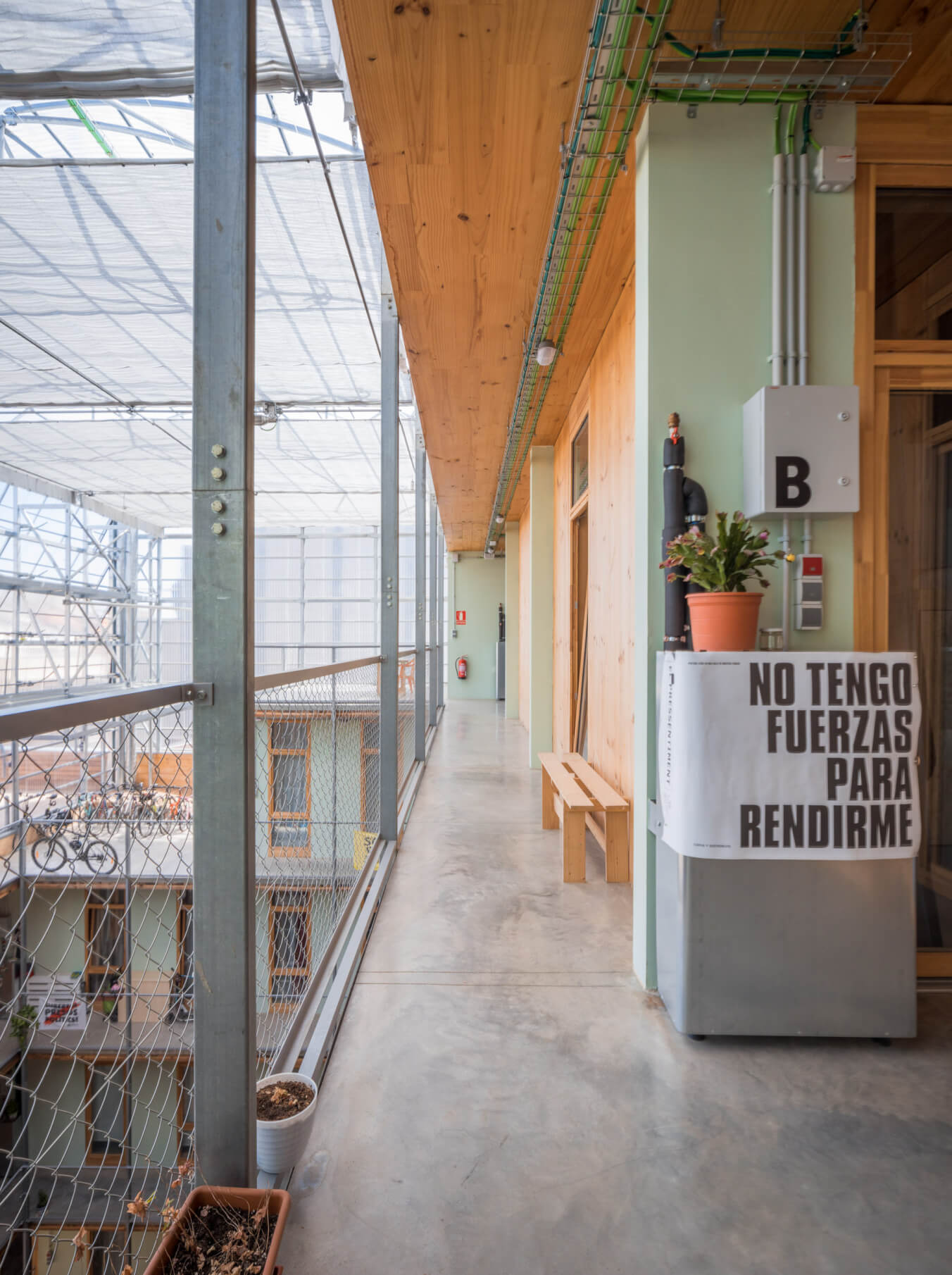
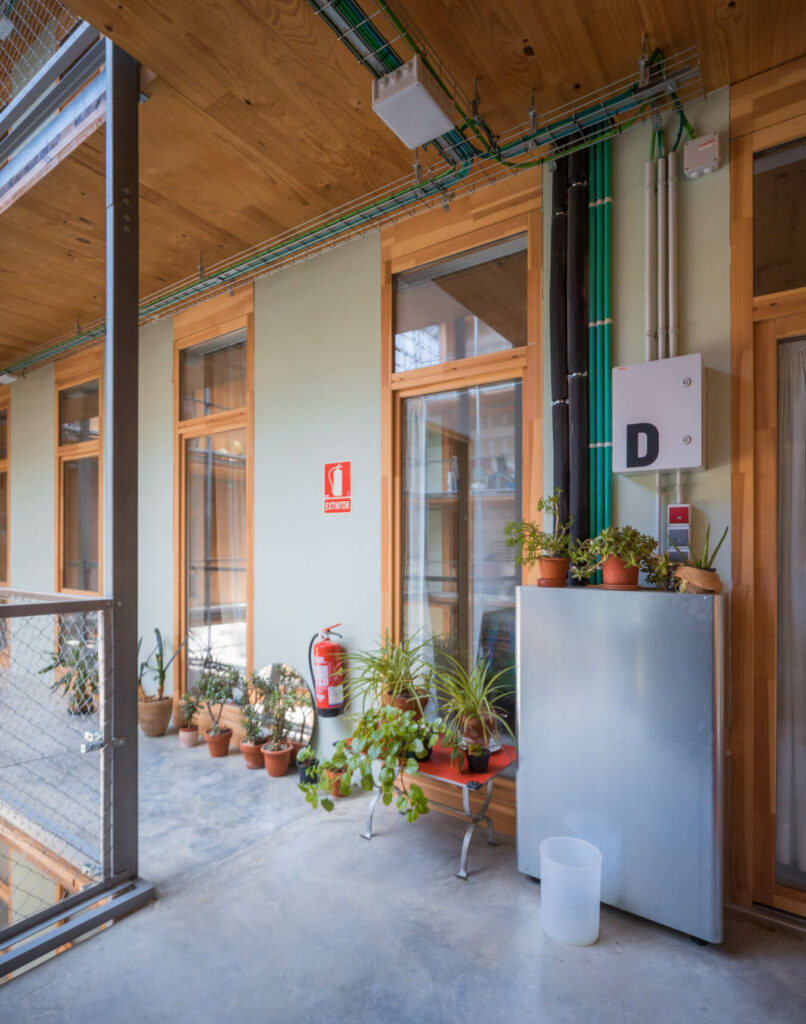
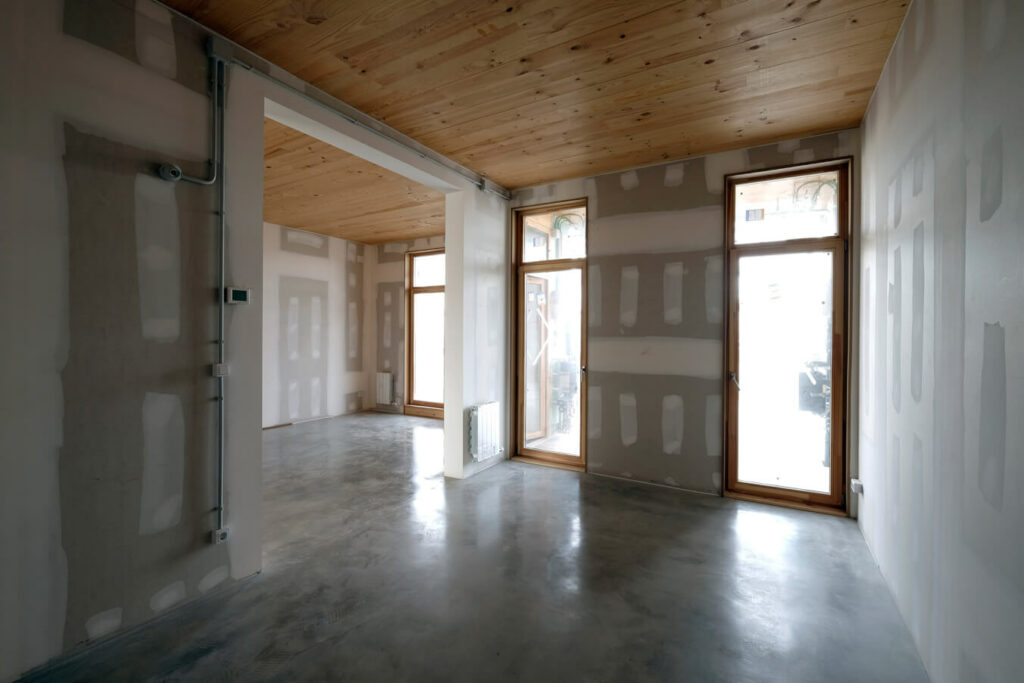
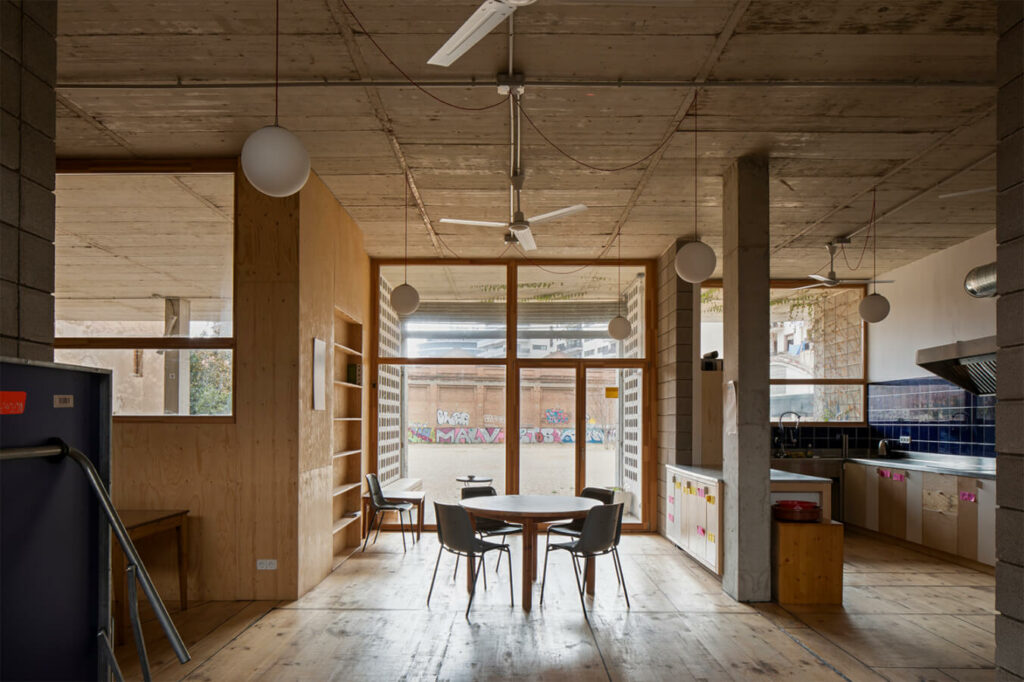
Lessons learned and synergies
Accessibility to installed technology is advantageous for repair and replacement capability, the possibility of dismantling, less material consumption, cost efficiency and the self-determination of the users. They should be informed about maintenance processes so that they can carry out repairs on their own if necessary.
Designing for simple maintenance allows building systems to be repaired and replaced with less effort. It is thus part of the design for disassembly and consequently of circular construction.
Sources
eZeit Ingenieure GmbH (o.J.): Energiekonzept für Projekt »CRCLR House«. Accessed on 29.03.2021 from https://ezeit-ingenieure.de/projekt/crclr-house-projekt-neubausanierung/
Detterer (2019): Die Kunst des Weglassens. Modulør 05, 80-89. Accessed on 29.03.2021 from https://www.degelo.net/wAssets/img/projekte/170/publikationen/080-089_Mod_Arch_ErlenmattOst_0519_DS.pdf
